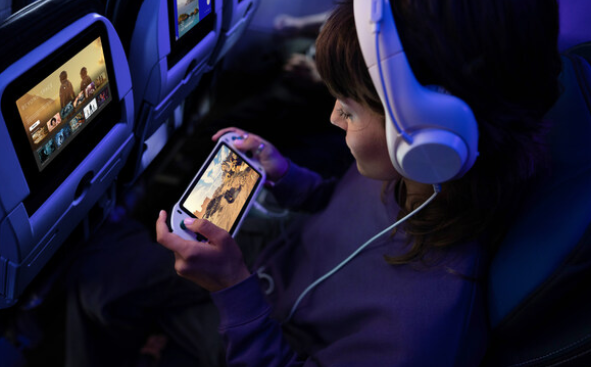Starlink announced last week that it had won a contract from United Airlines to equip around 1,000 of their aircraft with Starlink broadband equipment. Availability will not be overnight as fitting of the Starlink antennas will not start until 2025. United says that access to WiFi and broadband will then be free for all passengers.
However, the commitment to Starlink means that United will – over time – switch from its current geostationary satellite access providers including Viasat, Panasonic Aviation, Thales and Intelsat once Starlink is installed. Viasat has around 536 aircraft fitted with its antennas including 336 which use Thales equipment. Viasat is a major supplier to the world’s airlines with currently around 3,750 commercial jets in service and 1,460 waiting to be equipped with its broadband signals.
“Everything you can do on the ground, you’ll soon be able to do onboard a United plane at 35,000 feet, just about anywhere in the world,” said United CEO Scott Kirby.
Sources suggest that it will take about three years to fully equip United’s fleet with Starlink equipment. But the investment is considerable. Experts suggest that equipping 1,000 aircraft will cost an estimated $150 million, or even $300 million if two terminals are fitted to cope with passenger demand. It is also suggested that revenue to Starlink could be as high as $120 million per year for the fleet. No doubt some hard bargaining has been done between Starlink and United to keep costs affordable.
Starlink has similar supply agreements in place with Latvia’s airBaltic, Hawaiian Airlines, Qatar Airways, Flexjet, JSX and Aero.
US airline WiFi costs for passengers:
· JetBlue- Free for everyone
· United – Free for everyone
· Delta- Free for SkyMiles members
· Alaska- $8, free messaging
· Southwest- $8, free messaging
· Breeze- $8, free messaging
· American- Unpredictable, expensive
· Spirit- Unpredictable, expensive

